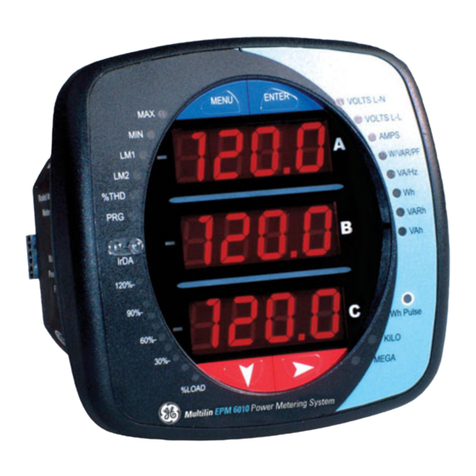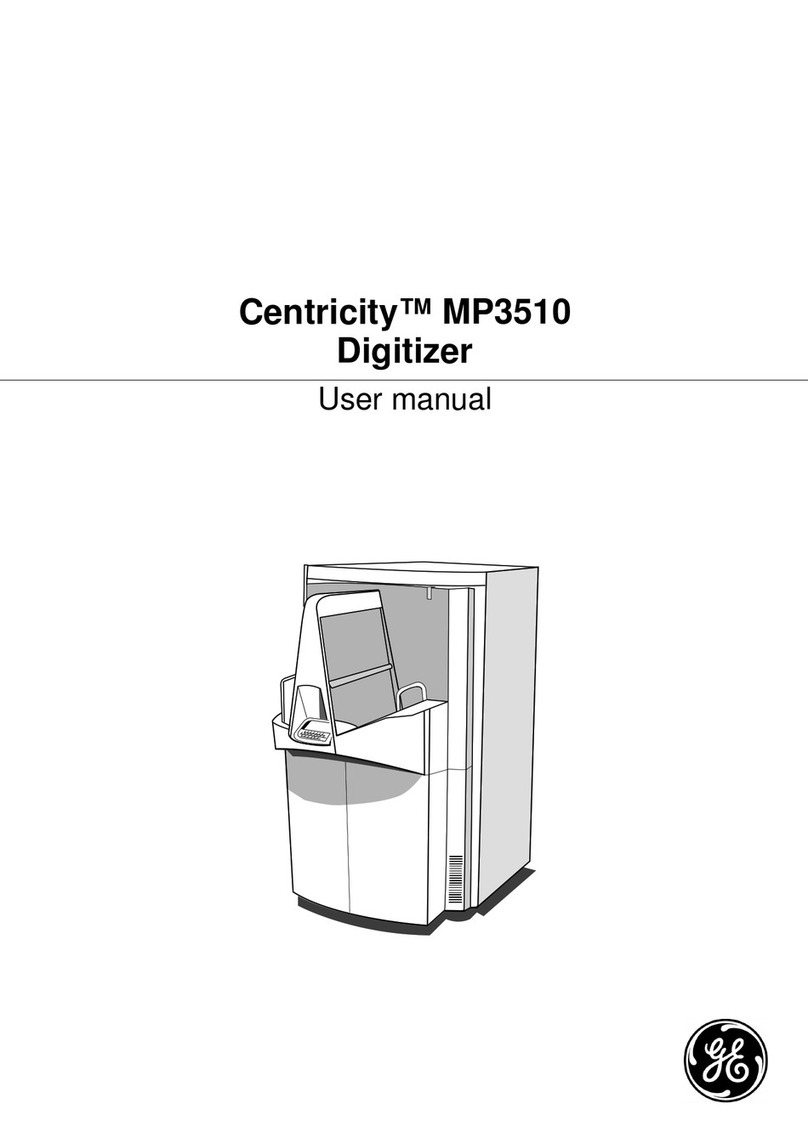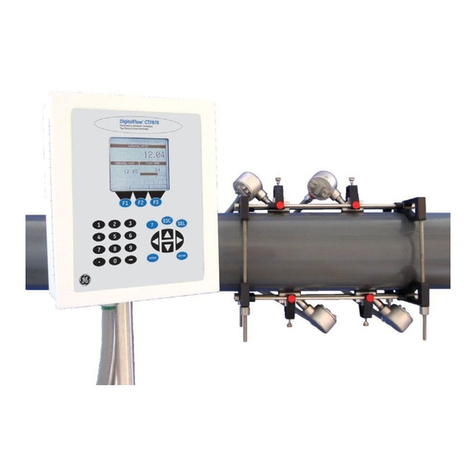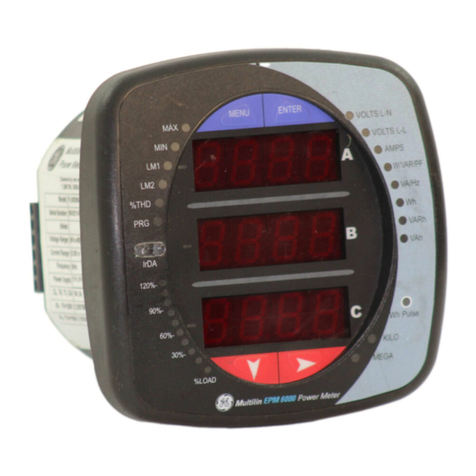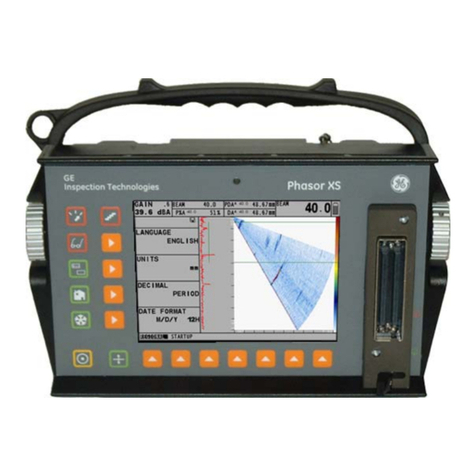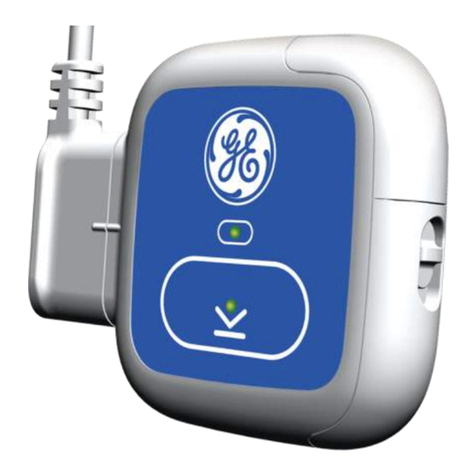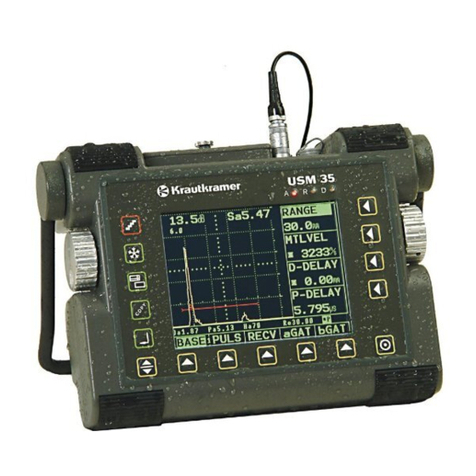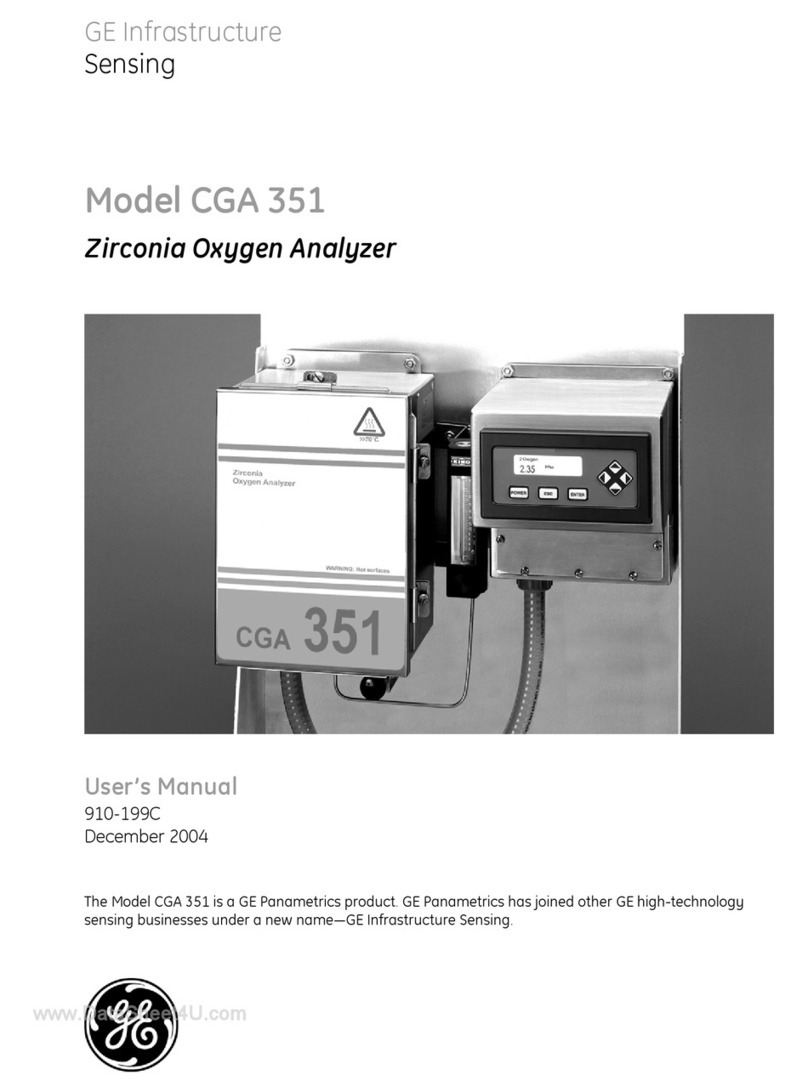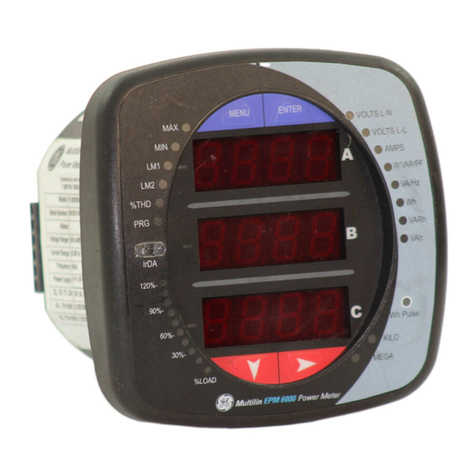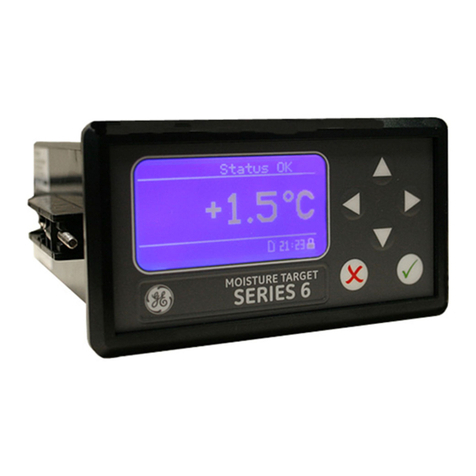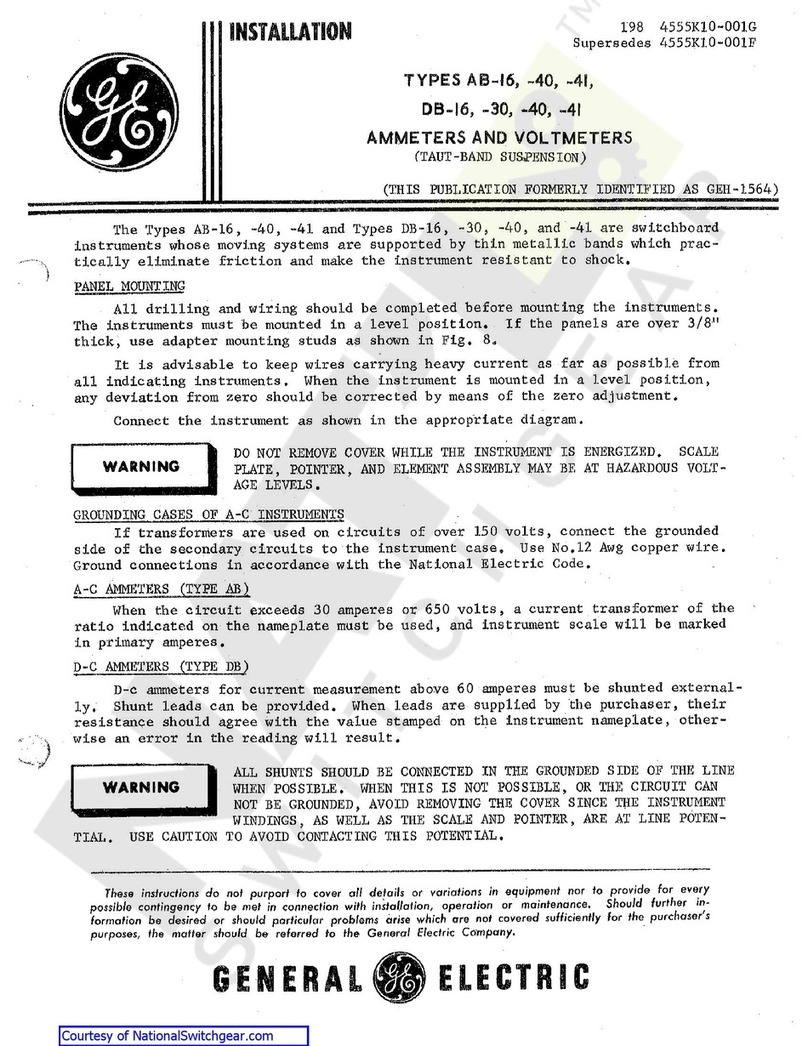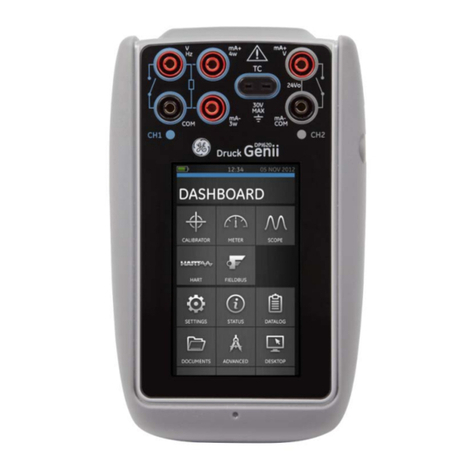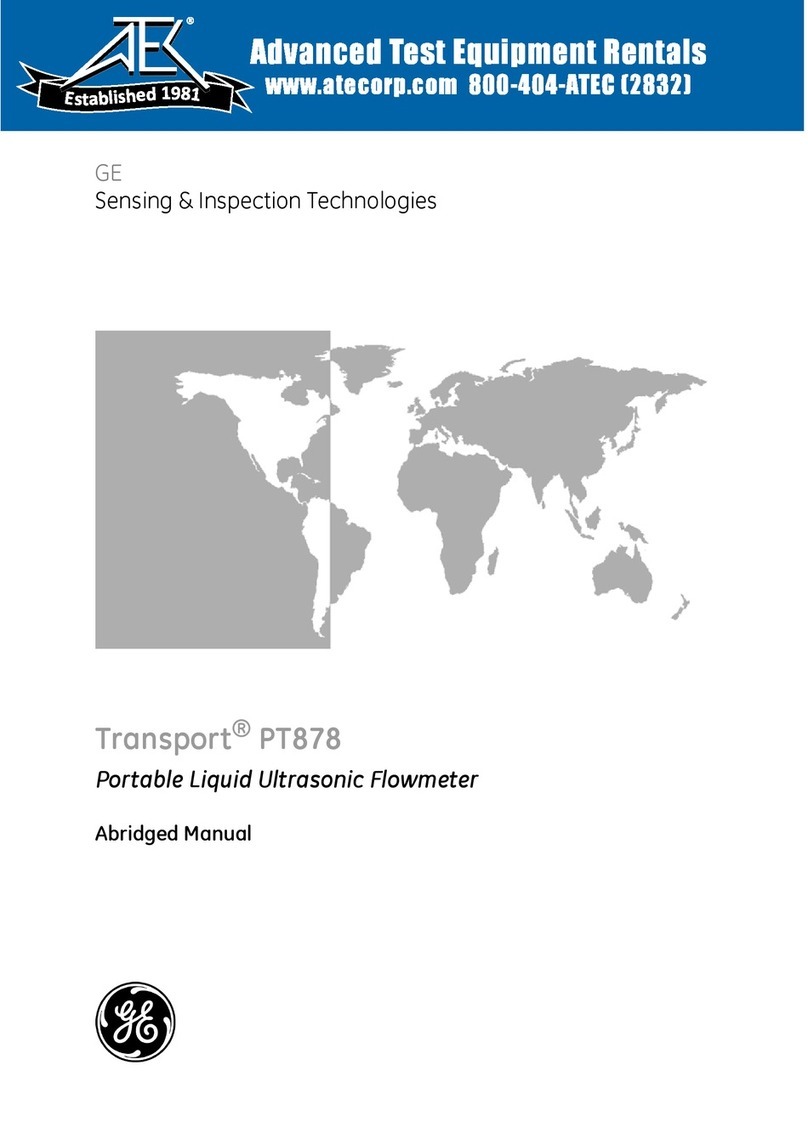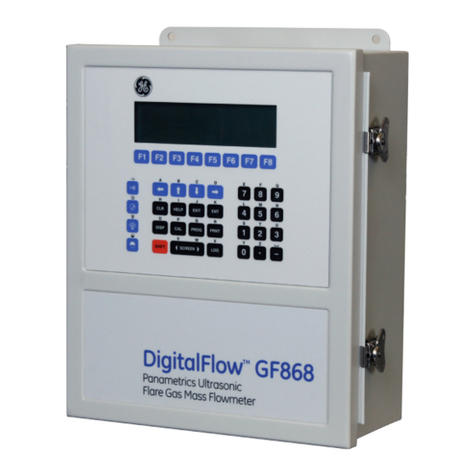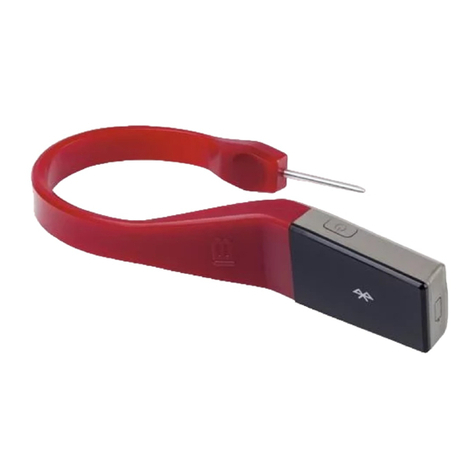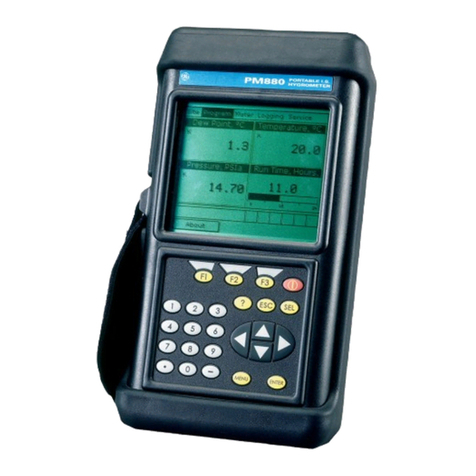
4–2 EPM 5100 ELECTRONIC POWER METER – USER GUIDE
CHAPTER 4:
APPARENT POWER .............................................................................................................. 3-5
ENERGY ................................................................................................................................. 3-5
FREQUENCY .......................................................................................................................... 3-5
DEMAND ...............................................................................................................................3-5
POWER FACTOR ................................................................................................................... 3-6
MISCELLANEOUS FUNCTIONS ............................................................................................ 3-6
TRANSFORMER RATIOS ....................................................................................................... 3-6
DELTA CONFIGURATION METERING FUNCTIONS ..............................................................3-7
DESCRIPTION ........................................................................................................................ 3-7
CURRENT (RMS) .................................................................................................................... 3-7
LINE-TO-LINE VOLTAGE (RMS) ........................................................................................... 3-7
POWER .................................................................................................................................. 3-7
ENERGY ................................................................................................................................. 3-8
FREQUENCY .......................................................................................................................... 3-8
DEMAND ...............................................................................................................................3-8
POWER FACTOR ................................................................................................................... 3-8
MISCELLANEOUS FUNCTIONS ............................................................................................ 3-9
TRANSFORMER RATIOS ....................................................................................................... 3-9
4: PROGRAMMING PROGRAM MODE .............................................................................................................................. 4-1
INTRODUCTION ..................................................................................................................... 4-1
ACCESS TO PROGRAM FUNCTIONS .........................................................................................4-2
OVERVIEW ............................................................................................................................ 4-2
RESTRICTED ACCESS ........................................................................................................... 4-3
EXITING PROGRAM MODE .................................................................................................. 4-4
DATA RESETTING .............................................................................................................................. 4-5
DESCRIPTION ........................................................................................................................ 4-5
DEMAND RESET ................................................................................................................... 4-5
ENERGY RESET ..................................................................................................................... 4-5
METER INITIALIZE ................................................................................................................. 4-6
ERRORS CLEAR ..................................................................................................................... 4-6
DATA FORMATTING ......................................................................................................................... 4-7
OVERVIEW ............................................................................................................................ 4-7
NORMAL SCROLL ................................................................................................................. 4-7
ENERGY FORMAT ................................................................................................................. 4-9
DEMAND FORMAT ............................................................................................................... 4-9
VOLTAGE FORMAT ............................................................................................................... 4-10
CURRENT FORMAT ............................................................................................................... 4-10
LEADING ZEROS ................................................................................................................... 4-10
SCROLL TIME ........................................................................................................................ 4-10
COMMUNICATIONS VALUES ....................................................................................................... 4-12
COMMUNICATION ADDRESS SETUP .................................................................................. 4-12
BAUD RATE SETUP .............................................................................................................. 4-12
EPM COMPATIBILITY SETUP .............................................................................................. 4-13
PULSE OUTPUTS ............................................................................................................................... 4-14
PULSE OUTPUT SETUP ........................................................................................................ 4-14
UPGRADING FROM ELECTROMECHANICAL METERS ........................................................ 4-14
UPGRADE CALCULATION EXAMPLE ................................................................................... 4-15
CONFIGURATION .............................................................................................................................. 4-16
OPTIONS ...............................................................................................................................4-16
PT RATIO .............................................................................................................................. 4-16
CT RATIO .............................................................................................................................. 4-16
DEMAND PERIOD SETUP .................................................................................................... 4-17
Courtesy of NationalSwitchgear.com












